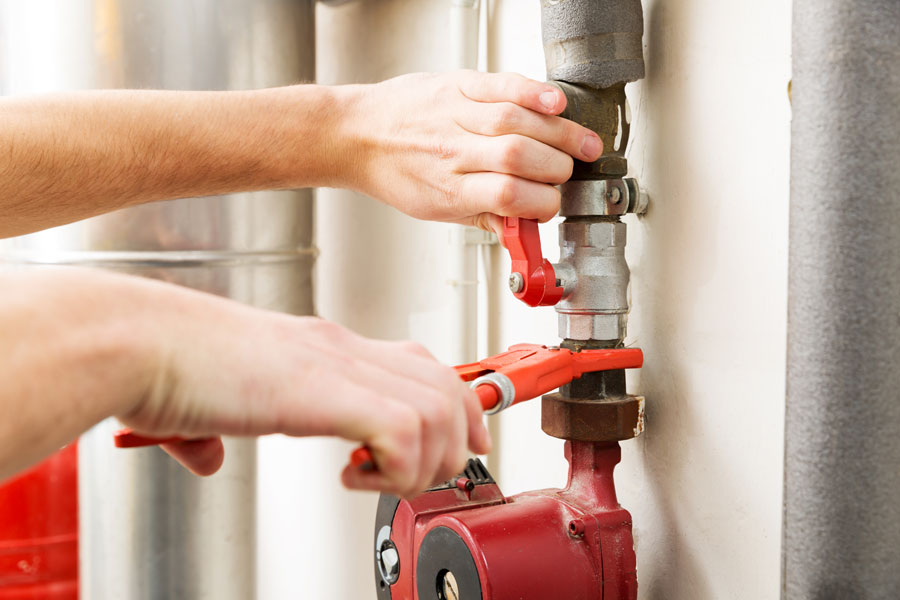Understanding the Importance of Tempering Valves: Rules and Regulations for Hot Water Heaters in Units
Tempering valves play a crucial role in maintaining safe and comfortable water temperatures in residential units with hot water heaters. These valves help prevent scalding accidents by mixing hot water with cold water to achieve a safe temperature at the tap. However, ensuring compliance with regulations regarding tempering valves is essential for the safety and well-being of residents. In this blog post, we’ll explore the rules and regulations governing tempering valves in units with hot water heaters.
Why Tempering Valves Matter:
Tempering valves are designed to regulate the temperature of hot water delivered to taps and fixtures, particularly in situations where water heaters may produce water at higher temperatures than is safe for direct use. Without tempering valves, there’s a risk of scalding, especially for vulnerable individuals such as children, the elderly, or people with disabilities.
Rules and Regulations:
- Australian Standards: In Australia, tempering valves are required by law in certain situations to comply with AS/NZS 3500 Plumbing and Drainage Standards. These standards outline the requirements for the installation and maintenance of tempering valves to ensure the safety of building occupants.
- Building Codes and Regulations: Local building codes and regulations may also dictate the installation and use of tempering valves in residential units with hot water heaters. These codes often specify the temperature range that must be maintained at hot water outlets to prevent scalding.
- Strata Regulations: For multi-unit residential buildings governed by strata regulations, there may be specific by-laws or guidelines regarding the installation and maintenance of tempering valves. Compliance with these regulations is essential to avoid penalties and ensure the safety of residents.
Installation and Maintenance:
- Professional Installation: Tempering valves should be installed by licensed plumbers or plumbing contractors familiar with local regulations and standards. Improper installation can compromise the effectiveness of the valve and may lead to compliance issues.
- Regular Testing and Maintenance: Periodic testing and maintenance of tempering valves are essential to ensure they continue to function correctly. This includes checking for leaks, verifying water temperature compliance, and adjusting settings if necessary.
Understanding and adhering to the rules and regulations governing tempering valves in units with hot water heaters is essential for ensuring the safety and well-being of residents. By complying with Australian standards, building codes, and strata regulations, property owners and managers can mitigate the risk of scalding accidents and ensure compliance with legal requirements.
For professional assistance with the installation, maintenance, or compliance of tempering valves in your residential units, contact Exell Plumbing Services.
